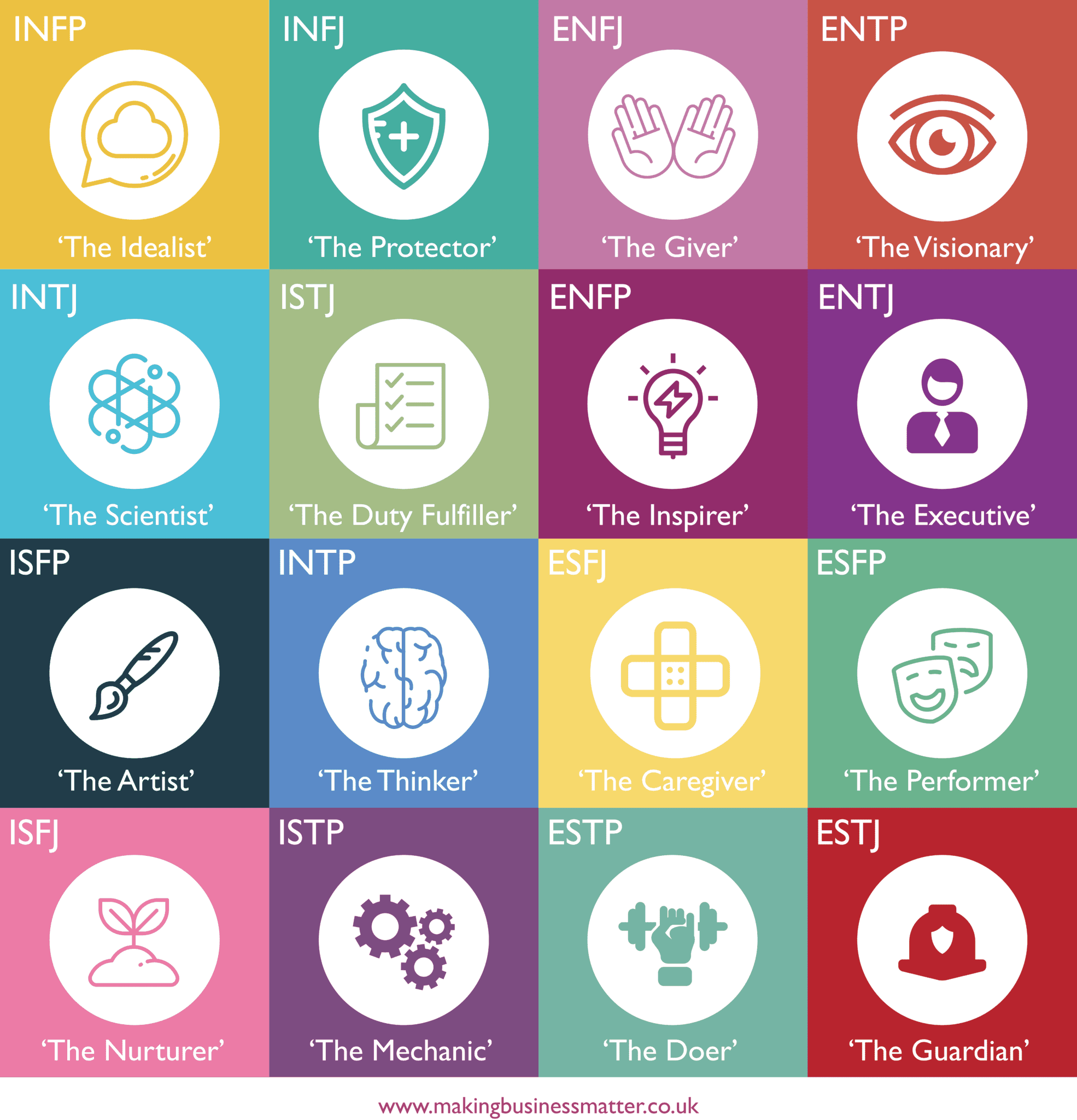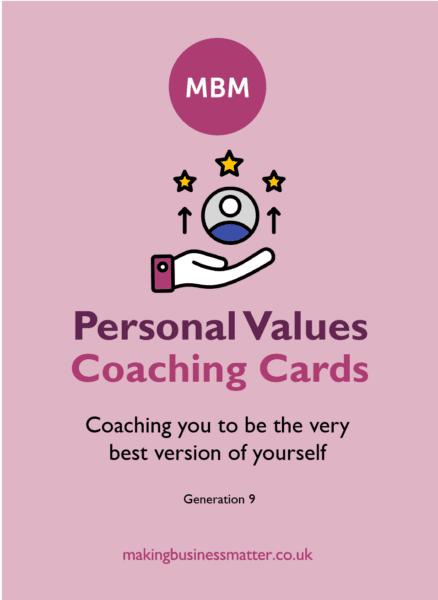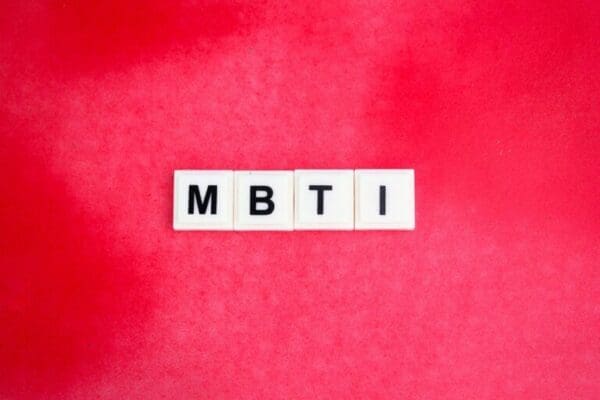The 16 Personality Types
Discover more about yourself and the people you care about by reading in-depth descriptions of each of the 16 personality types that we’ve identified. You could also take our free personality test if you are unsure as to which personality type best describes you.
Isabel Myers and Katharine Briggs, who created the MBTI® assessment, came up with the 16 different personality types that are used in the test. In fact, some people call these the Myers Briggs colours. Furthermore, Myers and Briggs developed their personality typology with the intention of assisting individuals in recognising their unique abilities. They also aimed to help people develop a deeper appreciation for the ways in which individuals differ.
When you learn about your own personality type, you will have a better understanding of the reasons behind the things that you do. Furthermore, you will develop a stronger belief in your capabilities and become better able to make choices that are in line with your essential traits.

1. INFP – The One Who Heals
INFPs, one of the 16 personality types, are creative idealists who follow their own set of guiding principles, values, and beliefs. For a Healer, the possibilities are of the utmost importance, while the actuality of the situation is of merely fleeting significance. They have hope for a brighter future and make their own unique contributions to the search for truth and purpose.
2. INTJ – The Genius Behind It All
Analytical problem-solvers, INTJs are ready to contribute their own ideas to the effort of enhancing existing structures and procedures. They have the ability to recognise areas in which there is room for development, whether it is at work, at home, or within themselves.

3. INFJ – The Guidance Counselor
INFJs are nurturers who are creative and have a strong sense of personal integrity. They have a great desire to assist others in reaching their full potential. Also, they are imaginative and devoted, and they have a flair for assisting others by providing innovative answers to the problems that they are facing in their personal lives.
4. INTP – The Master Builder
INTPs, one of the 16 personality types, are philosophical innovators who are endlessly captivated by logical analysis, system design, and the creation of new things. They obsess over theory and are in perpetual pursuit of a universal law to explain everything in the world around them. Their unquenchable thirst for knowledge drives them to comprehend the overarching principles of life, no matter how complex they may be.
5. ENFP – The Winner or Victor
ENFPs are people-centred creators with a focus on possibilities and contagious enthusiasm for new ideas, people, and activities. They are also known for having a positive outlook on life. ENFPs are also enthusiastic, friendly, and passionate people who enjoy the challenge of encouraging others to realise their full creative potential.
6. ENTJ – The Person in Charge
ENTJs are visionary leaders who are driven to organise and implement change. They are also quick to see inefficiencies and come up with new ideas for solutions, and they like coming up with long-term strategies to carry out their vision. Also, they are typically articulate, and witty, and have a quick wit about them. They are exceptional in logical reasoning.

7. ENTP – The Person with Vision
Next, we have ENTPs. ENTPs are motivated to create creative solutions to problems that require a high level of intellectual challenge. Furthermore, they are inspired innovators who are smart and inquisitive. They actively seek to gain a deeper understanding of the people, processes, and concepts that are all around them.
8. ENFJ – The Instructor
The ENFJ personality type is that of an idealist and organiser who is determined to put into action their vision of what is best for humanity. Because of their capacity to recognise the potential in others and their charismatic ability to get others to adopt their points of view, they also frequently play a role as agents who encourage the development of other people.
9. ISFJ – The One Who Guards
Hardworking caretakers who are devoted to their organisations and their traditions are ISFJs. Furthermore, they are realistic, kind, and caring people driven by the need to provide for others and shield them from the dangers of life.
10. ISFP – The Musical Composer
ISFPs are also gentle caregivers who live in the present now and love their environment with joyful, low-key excitement. Additionally, they are adaptable and quick-witted, and they want to go with the flow in order to take advantage of everything that life has to offer.
11. ISTJ – The Commander
ISTJs are also responsible organisers who are compelled to establish and maintain order within established structures and organisations. Additionally, they are clean and well-organised on the inside and out, and they often have a system in place for everything they do.
12. ISTP – The Artisan or Craftsperson
ISTPs are meticulous artisans who have a good understanding of mechanics and a keen interest in finding solutions to problems. They apply a logic that is adaptable to the circumstances of their settings in order to find workable answers to the challenges that they face.
13. ESFJ – The One Who Gives

The ESFJ personality type, part of the 16 personality types, is characterised by a selfless desire to assist others, a keen awareness of the requirements of those around them, and an enthusiastic commitment to fulfilling their obligations. Furthermore, they remain extremely attuned to the emotional environment in which they find themselves and pay close attention to the sentiments and perceptions of others, including what others think of them.
14. ESFP – The Artist Performing
The ESFP is a lively entertainer who has the ability to captivate and involve others around them. They are also impulsive, full of energy, and love to have a good time. What’s more, they find joy in the things that are all around them, including food, clothing, nature, animals, and especially other people.
15. ESTJ – The Manager or Supervisor
The ESTJ is a hard-working traditionalist who is eager to take the lead in organising both people and projects. Orderly, rule-abiding, and conscientious individuals who enjoy getting things done and tend to approach projects in a methodical and systematic manner are ESTJs.
16. ESTP – It’s the Dynamo
The last of the 16 personality types are ESTPs. ESTPs are high-energy individuals who seek out exciting new experiences and thrive when putting out fires, whether those fires are actual or metaphorical. They also lend a sense of aliveness and vitality to the ways in which they engage with other people and the environment around them.
About the 16 Personality Types
Personality typing is the process of classifying people into distinct groups based on their propensity to think and behave. The goal of personality typing is to identify the most fundamental and significant ways in which individuals are distinct from one another and then to make sense of these distinctions by classifying them into meaningful categories.

What Exactly Does the “16 Personality Typing” Entail?
In the 1960s, Isabel Briggs Myers and her mother, Katharine Briggs, created the idea for the 16 personality types discussed in this article. Their ideas were based on the research conducted by the psychologist Carl Jung. However, they expanded on his concepts to develop a more comprehensive model of personality classification. According to the theory proposed by Myers and Briggs, there are four primary dimensions that can classify individuals as follows:
- Comparison of introversion and extroversion
- Comparing sensing and intuition
- Thinking vs. feeling
- Lastly, comparing judgment and perception
Myers and Briggs explained each of the four dimensions as a dichotomy, representing a choice between two different ways of existing. Furthermore, they referred to this as a “preference” and argued that every individual should be capable of identifying a preferred style on each of the four dimensions.
Additionally, they proposed a theory in which our preferences on each of the four dimensions would combine to create predictable patterns in thought and behaviour. According to the 16 personality types theory, individuals with the same four choices would share many commonalities in the way they approach their lives. This also extends to the hobbies they choose and the type of work that might suit them.
Check out our article on enneagram, another personality typing.

>> Personal Values Coaching Cards <<
What Does it Signify when a Personality Type has Four Letters, such as the “16 Personality Types”?
A personality type code’s four letters each stand for a preferred way of thinking or acting.
1. Introversion Versus Extraversion (I/E)
The Introversion/Extraversion dimension explains a person’s energy management style.
Spending quiet time alone or in a small group energises introverts. They usually exhibit greater reserve and thoughtfulness.
Spending time with people and in a bustling, energetic environment energises extroverts. They frequently speak more freely and expressively.
2. Sensing or Intuition (S/N)
The Sensing/Intuition dimension explains how a person interprets data.
On one hand, Sensors show interest in information they can immediately see, hear, feel, smell, and use their other five senses. They typically learn through action and are often referred to as “practical.”
On the other hand, the amount of abstraction that Intuitives concentrate on is higher; they are more fascinated by theories, patterns, and explanations.
3. Thinking versus Feeling
The Thinking/Feeling dimension describes how people make decisions.
Feelers frequently follow their hearts when making decisions; they are concerned with how a choice will affect others and whether it is consistent with their ideals.
4. Judgment or Perception
The Judging/Perceiving dimension describes how people approach structure in their lives.
People who judge like structure and order; they prefer to prepare things ahead of time and detest last-minute adjustments.
Perceivers value spontaneity and flexibility; they prefer to leave options open in case they alter their minds.
Which Comes First, Judging or Observing in the 16 Personality Types?
The judges value structure and order, preferring to have everything planned out in advance and frowning upon any alterations made at the eleventh hour.
Individuals who are perceivers value adaptability and spontaneity, and they like to keep options open so that they are able to modify their thoughts.
How to Determine Which of the 16 Personality Types You Have

When it comes to people and their personalities, there are a lot of crucial factors that come into play. In the big scheme of things, one personality type is not superior to another because both types appear to have benefits and drawbacks that are comparable to one another. To know your personality, just take our personality test.
In the beginning, there were only two primary personality types, denoted by the letters A and B. This helps group the 16 personality types and four temperaments into overarching categories.
The Personality of Type A
Type A individuals excel at multitasking, possess ambition, take a proactive approach, maintain strong organisational skills, and are conscious of status. Moreover, they exhibit compassion, sensitivity, honesty, and a constant eagerness to assist others in need. They have a low tolerance for incompetence in people or projects, leading to frequent frustration and easily provoked anger.
The Personality of Type B
People who have a Type B personality are easygoing and have the capacity to relax and take pleasure in even the smallest of their achievements. In addition, these people have a propensity to be calm and patient, and they are typically uncompetitive since they frequently adopt a “win some, lose some” attitude. They rarely feel overwhelmed and almost never become frustrated with people or the issues they are working on.
However, this is how you can definitively tell. If you carefully read everything that was said above, line by line, you probably earned an A. If you only glanced over the material, you probably deserve a grade of B.
Several studies suggest that, apart from Type A and Type B personalities, there are also Type C and Type D personalities. Types C and D warrant further investigation and seem to have more emotionally driven traits. In contrast, Types A and B are primarily propelled by distinct, easily recognisable, and consistent characteristics. The key distinction lies in the driving forces behind Types A and B.

The Personality of Type C
People who fall into the Type C category struggle to communicate their thoughts, feelings, and/or requirements to others. When it comes to making significant decisions, whether small or huge, they have a really tough time with it. They have an innate ability to put other individuals at ease.
The Personality of Type D
People who are Type D are typically characterised by feelings that include tension, stress, anger, worry, and hostility. They adhere to a routine that hasn’t changed for years and are resistant to introducing novelty into their lives. When it comes to the Type D personality, safety and protection are of the utmost importance. Whether one is referring to their own personal safety or the safety of their jobs.
It’s easy—just take our comprehensive test of personality types!
Conclusion on 16 Personality Types
People should take 16 personality type tests to engage in self-reflection and receive help in better understanding themselves. Also, their ability to communicate with others can improve through using these tests.
For instance, if a job demands a particular personality type or character characteristic, merely taking a personality test can assist in determining who would be the greatest candidate for that role.
So firstly, personality tests can reveal both an individual’s strengths and faults. And now you have access to this vital information. Next, you are free to concentrate on developing your capabilities further while simultaneously minimising any shortcomings you may have.
Updated on: October 21, 2023




